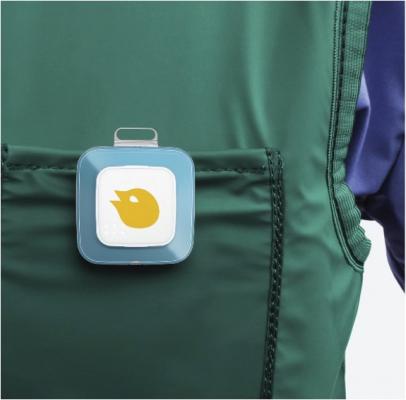
October 1,2015 — The first and only system that delivers real-time X-ray radiation dose monitoring for physicians and clinicians will be featured at Radiological Society of North America (RSNA) 2015 annual meeting. The RaySafe i2 is an active dosimetry system that enables effective behavior change by showing physicians and staff their real-time dose during live procedures. Interventional radiologists, interventional cardiologists and electrophysiologists and their teams can all see their personal radiation exposure and adjust position or make other live changes to lower their exposure to ionizing radiation.
Just like a stop light, a visual display shows colored indications (red, yellow, green) to give each individual user insight about the current dose exposure and the possibility to act accordingly. The accumulated dose per individual user is also captured and can be accessed on the touch screen display. In addition to the live data, a dose dashboard in the Dose Manager software captures total dose history and easily generate reports for staff use and archives. Interventional radiology and cardiology departments, along with hospital administration can better manage staff dose and help keep staff safe.
Physician feedback has indicated that because dose is invisible, the RaySafe i2, with its clear, real-time indicators, is a proven way to reduce dose. This is a paradigm shifting, behavior changing technology.
RaySafe i2 dosimeters are designed for interventionalists and their staffs who are exposed to radiation. The new technology displays radiation exposure levels in real-time, creating awareness of exposure levels so immediate steps can be taken to minimize radiation, while continuing to deliver a high standard of care to patients.
For more information: www.raysafe.com, www.lowermydose.com


 December 17, 2025
December 17, 2025 









